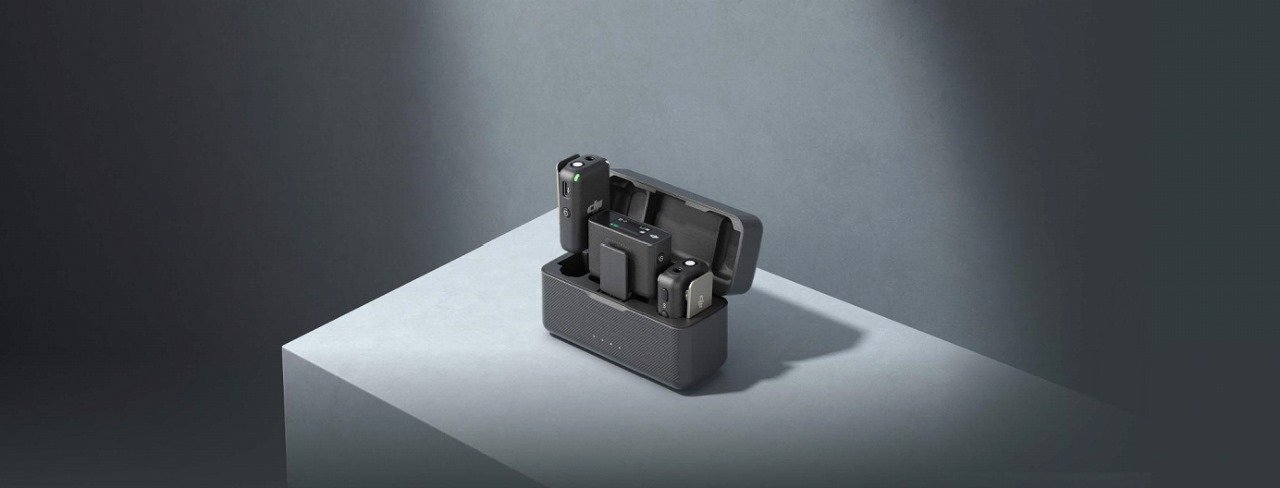The thobe has long been central to men’s modest dress, valued for its simplicity, cultural importance, and practical design. Among the many colours available, the white thobe holds a unique place. It is seen as the most traditional choice, worn across generations and regions, and continues to be one of the most popular garments in Muslim communities worldwide, including here in the UK.
The Origins of the White Thobe
The thobe, also called a dishdasha, kandura, or jubba depending on region, has roots stretching back centuries in the Arabian Peninsula. Designed for hot desert climates, it was originally a loose, ankle-length garment made from breathable fabric that allowed men to stay cool during long hours outdoors.
White became a practical colour because it reflects heat, making it suitable for warm environments. In many Gulf countries, white thobes became the everyday standard for men, while darker shades were reserved for winter months. Over time, the white thobe spread beyond its regional origins, becoming recognised globally as a symbol of modesty and cultural identity.
Religious and Cultural Significance
The white thobe carries a strong connection to Islamic tradition. In Islam, white clothing is often associated with purity, simplicity, and humility. Many men prefer to wear white thobes for Friday prayers, Eid celebrations, and other religious gatherings as a way of honouring these values.
Hadiths also mention the preference for white clothing, which has helped reinforce its use in daily life and worship. For many, wearing a white thobe is not just about fashion but about following a tradition that reflects devotion and respect for faith.
Why White Thobes Remain Popular
Despite the availability of thobes in a wide range of colours today, white continues to be the most popular choice for several reasons:
- Practicality in warm climates: White fabric keeps the wearer cooler in hot weather, which is one reason why it has remained a staple in the Middle East and beyond.
- Simplicity and modesty: The plain, uncluttered look of a white thobe makes it appropriate for both prayer and daily life.
- Symbolism: White is universally recognised as a colour of purity and peace, making it especially fitting for Islamic dress.
- Versatility: A white thobe suits almost any occasion, from casual gatherings to formal events. It can be paired with accessories like a bisht (cloak) or shemagh (headscarf) for added formality.
Read More: How Syna World clothing blends comfort with style
White Thobes in Modern Life
In many Gulf countries, men still wear white thobes daily, while in the UK and other Western nations, they are often chosen for Jumu’ah, Eid, weddings, or community events. They also remain a popular choice for religious study and teaching, where modesty and tradition are prioritised.
Younger generations are also embracing the white thobe, sometimes with modern adjustments such as tailored fits, zipped collars, or half sleeves. This balance between tradition and contemporary style has helped the white thobe stay relevant.
A Symbol That Endures
The white thobe is more than a garment; it is a reflection of history, identity, and faith. Its origin in the Arabian Peninsula, its practicality in hot climates, and its strong cultural and religious symbolism have kept it at the centre of men’s wardrobes for centuries. Even today, it continues to represent modesty, simplicity, and a sense of belonging, making it a choice that is unlikely to fade with time.
Read Also: Best Telenova DTI Outfit Ideas for Roblox Dress to Impress




